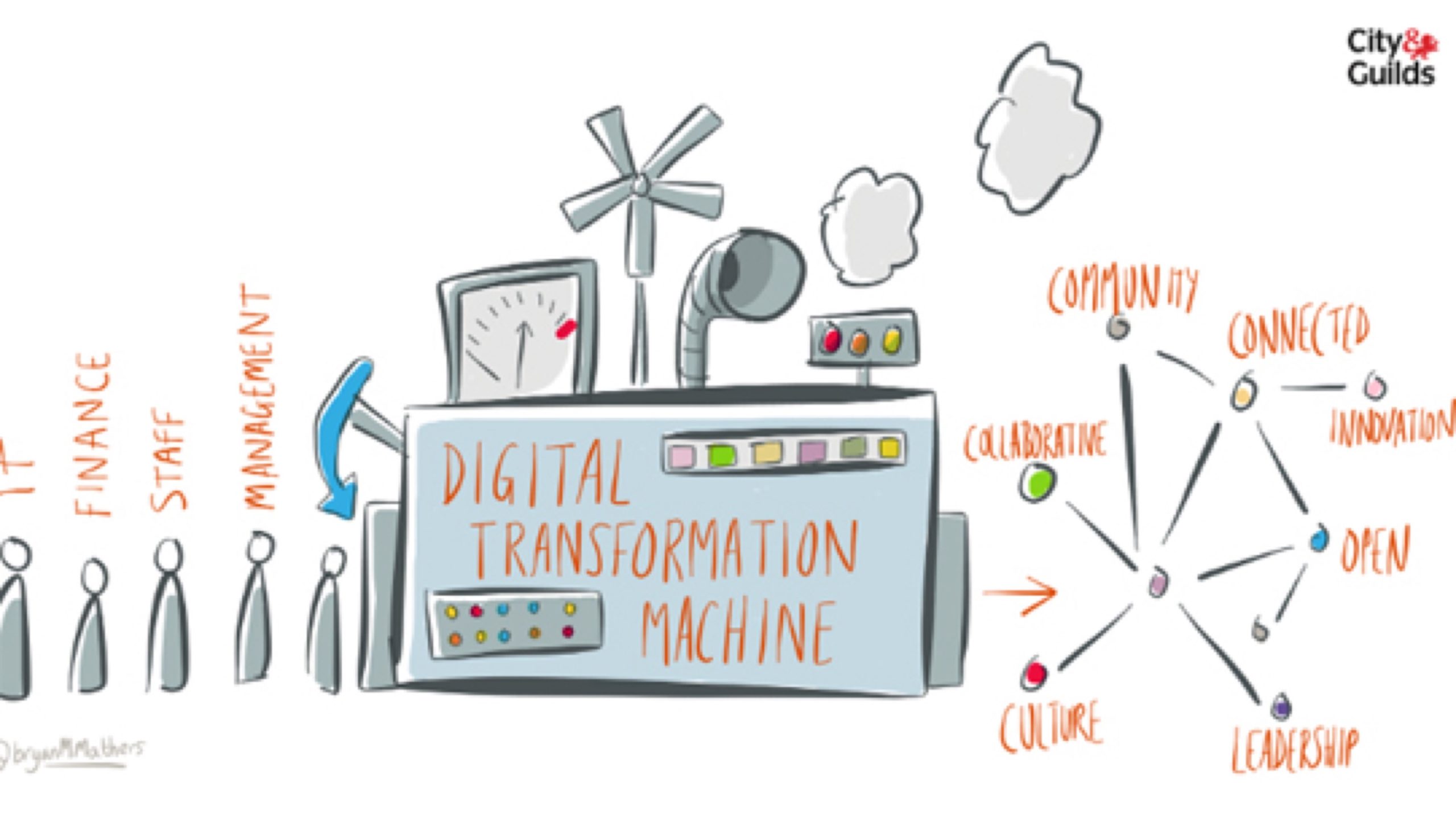Over 40% of the S&P 500 companies that comprised the index in 2005 do not find a place in it in 2015! That’s a combined market value of a trillion dollars (minimum value of $5.3Bn per company) impacted over the span of a mere 10 years. If the size of this change is scary, even scarier is the speed at which it happened.
Almost all of those companies that gained their place, reflect an ability and an agility to adapt and adopt technology advancements to offer innovative products at a staggering frequency, engage customers and employees better and reflect a culture of innovation that is in stark contrast to those that lost their mojo.
Technology has been advancing at an accelerating pace over the last 50 years, not just hardware and software but also processes, structures, collaborations and openness. There have been increasingly disruptive changes in each of these areas over the years, but from 1996 (advent of the internet) that acceleration is even more intense. It has become practically impossible for one company or even a few to determine the course of technology advancement and adoption into products of daily use.
The millennial generation is born digital and expects products and services to be made available to them with benchmark experiences such as Apple, Amazon and Google; they make choices and decisions, including those at work at the speed of light, and expect seamless transitions from their personal lives into their work lives, often choosing not to make a distinction between the two.
In this landscape to run a business and build or even maintain stakeholder value and retain their seat at the S&P 500 table, companies need to transform – FAST! Transform the way they structure their operations, who and how they sell to or partner with, who they hire and how they engage with their employees, who they compete with and who they collaborate with, what part of their legacy do they modernize and what part they discard, how and how fast they make decisions on products and services, how they provide actionable insights to their leaders and others to make those lightning fast decisions, how they build and retain a strong, loyal customer base and how they engage with them frequently and in innovative ways.
All of these questions point in one direction. It is all about how a business is EXPERIENCED by its stakeholders! The experiences experienced by consumers, partners, channel members, employees, managers and lay citizens need to be transformed, if a business is to transform! Digital businesses change the way they are experienced by their stakeholders! Therein lies the secret of the “HOW” of digital. What and why are obvious, aren’t they?
The notion of digital transformation isn’t new any longer, though it has continued to steadily climb the charts of industry interest for the last two years. The central challenge to successful digital transformation is that we live in exponential times where technology changes at a geometric pace with vast new flows of people and sensor-generated data accumulating rapidly.
Digital transformation is in fact continuous transformation by design and not modernization of existing systems of record. Enterprises are being driven to continuously craft new lights and not just keep lights on. Persistent’s relentless focus on the “how” of digital, first outlined over two years ago, has earned us recognition as a leader for providing digital solutions and services. Our approach is that Digital is about building experiences at speed using a platform centric approach, integrating many internal and external data sources. Becoming a software-driven business is not about software and code alone. It is a mindset and strategy to continuously discover, design, deploy, and manage digital experiences and business models. It is how enterprise digital transformation can gain the continuous speed or agility that is characteristic of software-driven or born digital companies.
I have lived and worked in the Silicon Valley almost since the advent of the Internet. Advancements in technology are front and center at any social or business conversation here and have continually shaped my thinking as well. Through my stints as an entrepreneur and over the last decade working for Persistent, I have been on the front-line selling and shaping sales and marketing organizations at software businesses. These are some of the most exciting times, and I look forward to the changes that digital transformation brings upon us all.
Image Credits: http://bryanmmathers.com/






